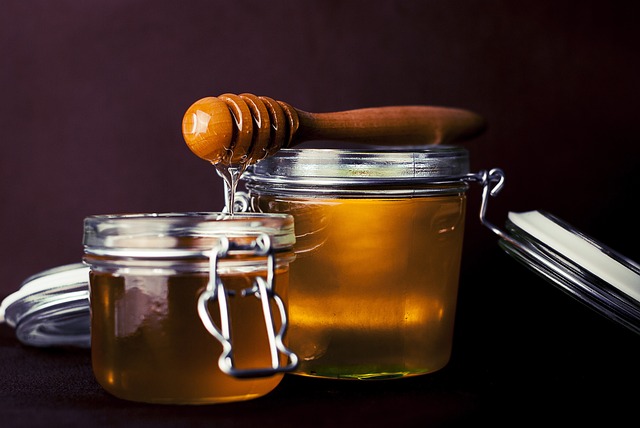
Image by fancycrave1 from Pixabay
Book Review
Title: Folk Medicine-A New England Almanac of Natural Health Care
Author: DC Jarvis, MD
Year: 1958
Pages: 192
Why would anyone review a book about health written 65 years ago? Hasn’t all that stuff fallen out of fashion, or hasn’t it been replaced by better and faster modalities? I mean, it is cute and all, folk medicine, but….
Sometimes you must look in the rearview mirror. This is one of those times. Old books contain wisdom, and wisdom should not be ignored just because a shiny new remedy or many remedies hit the scene. In an age where there is a pill or shot for just about everything, taking care of yourself, you know, maintenance, seems just a quaint, foreign concept.
It is a dangerous assumption that newer is always better. Particularly when the older, less sophisticated ways, have not been discredited.
So, therein lies the rub. Are all the new, fancy medical services and options all that much better than what our forefathers and mothers used? Is new, really improved? Or have we just found something that requires less of us, less to change, less self-discipline?
Here is a book written in the late 50’s (not really old) by a Vermont country doctor. His premise is simple and elegant: “What works?” If we look to the people and animals that live close to the earth, primarily on farms, what can we learn from them? That is Dr. Jarvis’s working parameters and he built a long and distinguished career asking this simple question. We call this batch of knowledge that he is articulating, folk medicine, and the appeal for something this simple is hard to resist.
Is it perfect? Hardly. Does it have wide application for the majority of people? Absolutely. If you have read this far, that means you!!
Let’s dive into the book.
DC Jarvis, MD, was born in the 1880’s, was trained at a standard medical college, and moved to rural Vermont to practice. To gain the confidence of the locals, he sought to understand the local folk medicine ways. He began experimenting on people and animals alike to verify some of the underlying assumptions related to this body of knowledge. It became a lifelong pursuit.
Were these double-blind, randomized, controlled studies? Not even close. But to Dr. Jarvis’s credit, he did a very passable job of designing studies that would give some indication of whether a remedy had merit or not. Although he did accumulate data, on typically a small population, these studies are mainly observational. Meaning many things correlate, like the pH of urine and ability to predict sickness. This is NOT to be mistaken for causation. Correlation does not predict causation. Correlation is A, and may or may not, equal B. Causation is A=B. Big difference.
Jarvis makes the statement early in the book, almost off handed, “A man may do his best work in the period from sixty to eighty years because his mental vigor and purpose remain at their best while he has maintained the physical equipment enabling him to carry on his business or profession or, if he retires, to enjoy his retirement.” (14-15) Heck, I want some of that. That was enough to keep me reading.
A few observations made by Dr. Jarvis that we ignore at our peril.
“Disease does not come upon us unprovoked, like a thief in the night.” Let that sink in. If we are fertile soil for disease because we have not taken care of ourselves, we should not be surprised by sickness. If we take the time to do the things that promote health, and make our bodies inhospitable hosts for microorganisms, we can expect to avoid sickness. The key word is unprovoked! According to Jarvis, we provoke our own sickness.
“The importance of making a diagnosis is thus lessened, for the indication is to restore to normal the chemistry and physiology of the body.” (49) I realize that a formal diagnosis can be important. But an admission that what is really wrong with most people, is the issue of balance. Is their body chemistry out of balance? If so, how do we drive it back into a better balance? These are very important questions, and I don’t often find this type of thinking in mainstream health care. How do we restore balance?
Two very practical big takeaways, easy to implement and applicable to the vast majority reading this, are the addition of apple cider vinegar (ACV) and raw honey to the diet. You really should pick up the book for the details, but in a nutshell, ACV will help keep the urine acidic, which according to Jarvis, will promote health and longevity. I drink a shot glass full after every meal and it has helped a ton with digestion. As for raw honey, apparently it is composed of two different sugars, one for immediate use in the blood stream, the other, a slow release to help stabilize blood sugar long term. Again, a perfect food to be a part of your diet. Take a tablespoon full after your meals for a week and see how you do! As an added bonus, honey has a calming effect on the nervous system. Who doesn’t want to be calmer?
This is a great read and a wise one. We have a copy at the office you can borrow or buy it here: Folk Medicine-A New England Almanac of Natural Health Care
In addition, the best apple cider vinegar on the market is Fairchild’s made in Fruitland Idaho. This stuff is so much better than Bragg’s you won’t believe it. But just remember whatever brand you buy needs to be organic, raw, unfiltered with “The Mother” in it. We bought it at Ridley’s.
Cheers,
ks
